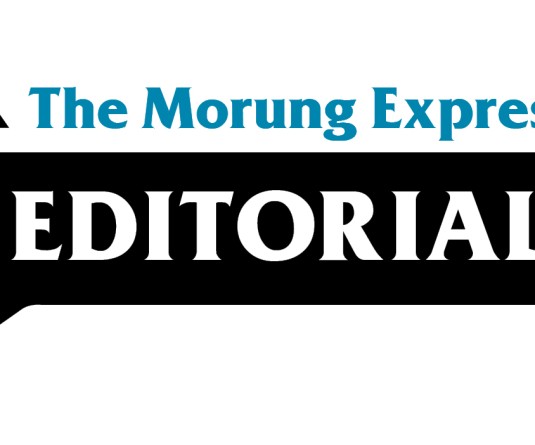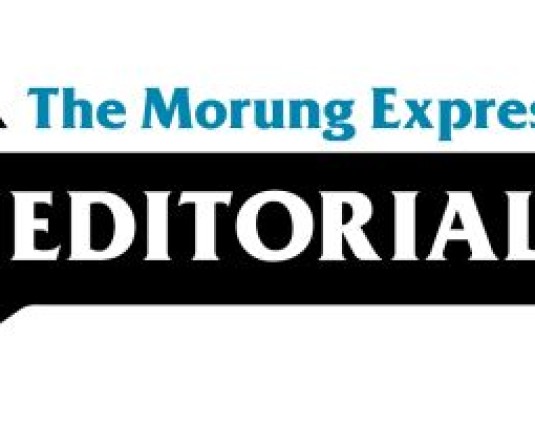
By Moa Jamir
The UDISE+ 2024–25 data for Nagaland captured a mixed reality impressive progress in school infrastructure and governance, but sobering gaps in enrolment, retention, and inclusivity.
On the infrastructure front, the figures reflect steady advancement. Drinking water availability rose sharply, from 71.5% of schools in 2023–24 to 90.1% in 2024–25, with functional facilities in nearly 88.3%. Girls’ toilets now exist in 91.4% of schools and boys’ toilets in 92.6%, with over 80% functional. Electricity coverage has expanded to 85.3%, and computer facilities are present in more than nine in ten schools. These are important milestones in a State where deficits were once the norm.
Yet the same data highlights persistent shortfalls. Internet connectivity remains restricted to 59% of schools, limiting the potential of digital learning. Inclusivity is a glaring gap: only 9.8% of schools report CWSN-friendly toilets, and just 19% are equipped with ramps and handrails. For differently-abled students, access continues to be the exception rather than the rule. Green infrastructure is also nascent, with solar panels in just 15% of schools. Foundational concerns such as universal access to water, sanitation, hygiene, and inclusivity for differently-abled children remain areas of concern, when compared with national indicators.
If infrastructure tells a story of steady progress, enrolment and retention figures reveal the sector’s weakest links. Nagaland performs well in bringing children into the system, with a Gross Enrolment Ratio (GER) of 95.4% at the primary stage, surpassing the national average of 90.9%. But thereafter the numbers drop precipitously: 71% at upper primary, 61.8% at secondary, and only 39.8% at higher secondary. These figures place Nagaland among the lowest in the country.
Retention mirrors the same decline. Just 68.8% of students remain at the primary stage compared to the national average of 92.4%. By the end of elementary, only 48.5% of Nagaland’s cohort continues, falling further to 45% at secondary and just 29% at higher secondary. Dropout rates, though showing some improvements in the early years, remain higher than the national average across levels. The secondary stage, in particular, saw a setback, with dropouts rising to 12.1% from 11.6% the previous year.
There have, however, been meaningful structural improvements. For the first time, Nagaland reported no zero-enrolment or single-teacher schools in 2024–25, compared to 12 and 31 respectively the year before. This also resulted on a healthy pupil-teacher ratio of 13:1, far better than the national average of 24:1.
In this context, Chief Minister Neiphiu Rio’s assurances of reformthrough the SOAR Mission, the proposed State School Standards Authority, and efforts to rationalise teacher deployment, must be weighed against these realities. Infrastructure growth is evident and commendable, but enrolment and retention remain critical pressure points. Without addressing the steep fall-off beyond the primary level and the neglect of inclusive facilities, Nagaland risks undermining the progress it has achieved elsewhere.
The UDISE+ report is therefore not just a record of improvements but also a reminder of unfinished tasks. The challenge before the State is to ensure that advances in numbers translate into genuine educational outcomes, and that access extends to every child, regardless of stage or circumstance.
For any feedback, drop a line to jamir.moa@gmail.com




